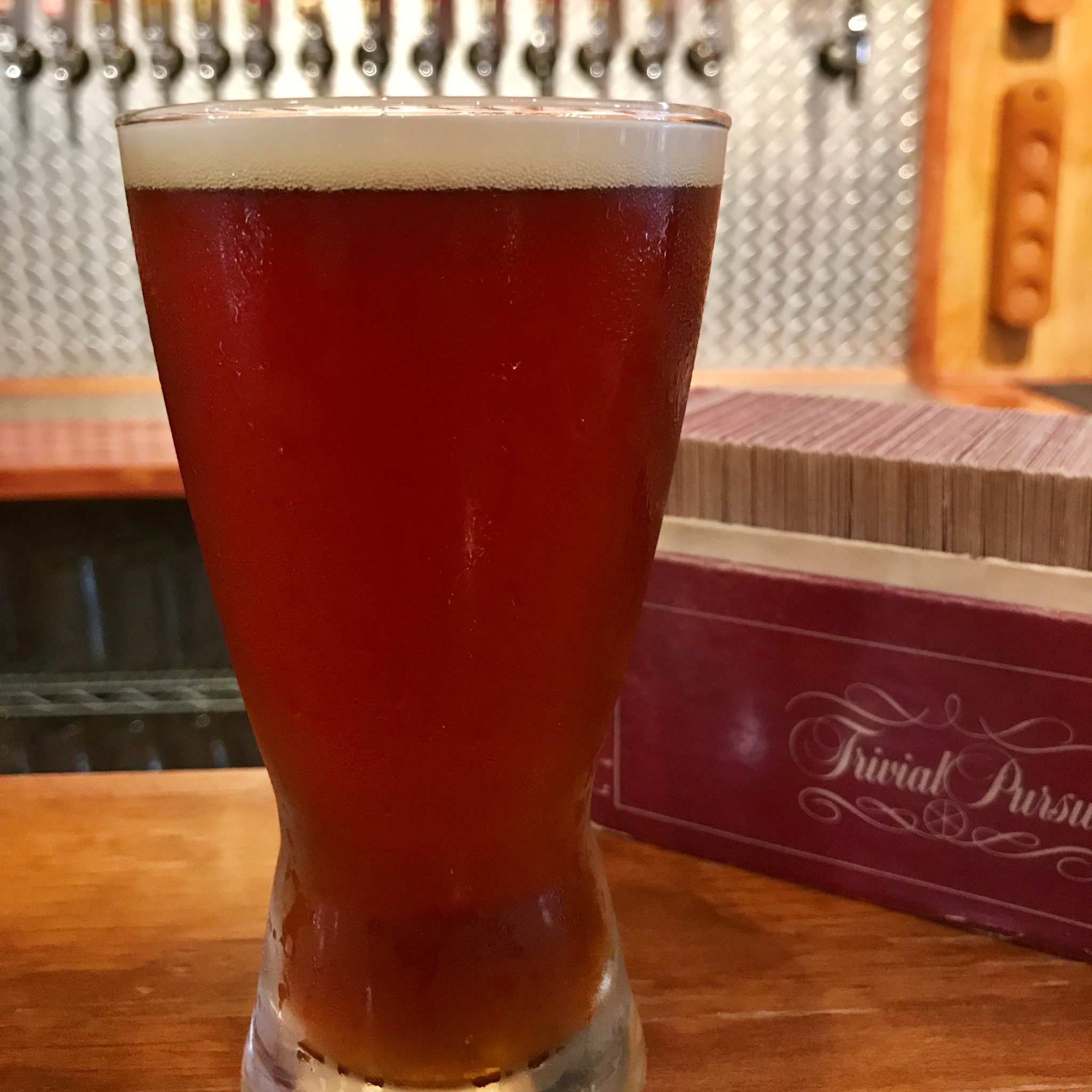Tai Baribo Definition and History

Tai Baribo is a term that originated in the Betawi language, spoken by the indigenous people of Jakarta, Indonesia. It refers to a traditional form of martial arts characterized by its unique movements and techniques.
Tai Baribo’s recent success in the music industry has sparked a surge of interest in Indonesian pop culture. This trend has also been fueled by the rise of political figures like Trump Vance , who have embraced Indonesian influences in their campaigns.
Baribo’s music, with its blend of traditional and modern elements, has resonated with audiences around the world, showcasing the vibrancy and diversity of Indonesian culture.
Etymology and Cultural Significance, Tai baribo
The term “Tai” in Betawi means “three,” while “Baribo” refers to a type of martial art. Tai Baribo thus translates to “three martial arts,” reflecting the three main styles that comprise this art form: Silat, Kuntao, and Kung Fu.
Tai Baribo holds significant cultural value in Betawi society. It is not merely a form of combat but also a representation of the Betawi people’s history, traditions, and identity.
Tai baribo, an ancient tradition in Indonesia, is a form of body massage that is said to have therapeutic benefits. It is believed that the massage can help to relieve stress, improve circulation, and promote relaxation. NASA scientists have recently discovered moon caves that may have been used by ancient astronauts for shelter.
These caves are said to be large enough to accommodate a small city and may have been used as a base for exploration or even as a refuge from the harsh conditions on the moon’s surface. The discovery of these caves has renewed interest in the possibility of life beyond Earth and has led to speculation about the potential for human habitation on the moon in the future.
Tai baribo, with its focus on well-being and healing, could play a role in supporting the health and well-being of astronauts living in these moon caves.
Historical Context and Evolution
The origins of Tai Baribo can be traced back to the 17th century when Jakarta was a major trading port. The city’s diverse population brought together different martial arts traditions from various regions, including China, Southeast Asia, and the Middle East.
Over time, these influences blended and evolved, giving rise to Tai Baribo. The art form continued to be practiced and refined by generations of Betawi people, becoming an integral part of their cultural heritage.
Tai Baribo in Popular Culture

Tai Baribo has permeated various aspects of popular culture, influencing music, art, and literature.
In music, Tai Baribo rhythms have been incorporated into contemporary pop and hip-hop tracks. Artists like Kendrick Lamar and J. Cole have utilized these rhythms to create dynamic and infectious beats.
Tai Baribo in Art
Tai Baribo has also found expression in visual art. Artists such as Wangechi Mutu and Kara Walker have employed Tai Baribo motifs in their sculptures and paintings, exploring themes of identity, power, and the African diaspora.
Tai Baribo in Literature
In literature, Tai Baribo has been a source of inspiration for writers like Chinua Achebe and Chimamanda Ngozi Adichie. These authors have used Tai Baribo as a backdrop to explore themes of tradition, modernity, and the complexities of African identity.
Tai Baribo Variations and Applications
Tai Baribo is a highly versatile and adaptable art form, with numerous variations and interpretations emerging over time. Its flexibility allows for diverse applications in various contexts, including entertainment, education, and personal expression.
Entertainment
Tai Baribo’s vibrant and captivating nature has made it a popular form of entertainment. It is often performed at cultural festivals, competitions, and theatrical productions. Variations include:
- Solo Performances: A single dancer performs intricate footwork, hand gestures, and body movements, accompanied by live music or recorded tracks.
- Group Performances: Multiple dancers collaborate to create synchronized routines, often involving elaborate costumes and props.
- Improvisational Performances: Dancers showcase their spontaneity and creativity by improvising steps and movements based on the music or audience interaction.
Education
Tai Baribo is also an effective educational tool, particularly in teaching cultural heritage and promoting physical activity. Variations include:
- Traditional Classes: Formal instruction in the fundamental techniques, history, and cultural significance of Tai Baribo.
- Workshops and Outreach Programs: Short-term workshops introduce the basics of Tai Baribo to students, community groups, and organizations.
- School Curricula: Tai Baribo is incorporated into school physical education programs to promote coordination, rhythm, and cultural awareness.
Personal Expression
Tai Baribo provides a powerful medium for personal expression and artistic exploration. Variations include:
- Contemporary Interpretations: Dancers experiment with blending traditional Tai Baribo with modern dance styles, creating innovative and expressive choreographies.
- Therapeutic Applications: Tai Baribo is used in therapeutic settings to promote physical, emotional, and cognitive well-being.
- Community Engagement: Tai Baribo workshops and performances foster community involvement and cultural exchange.